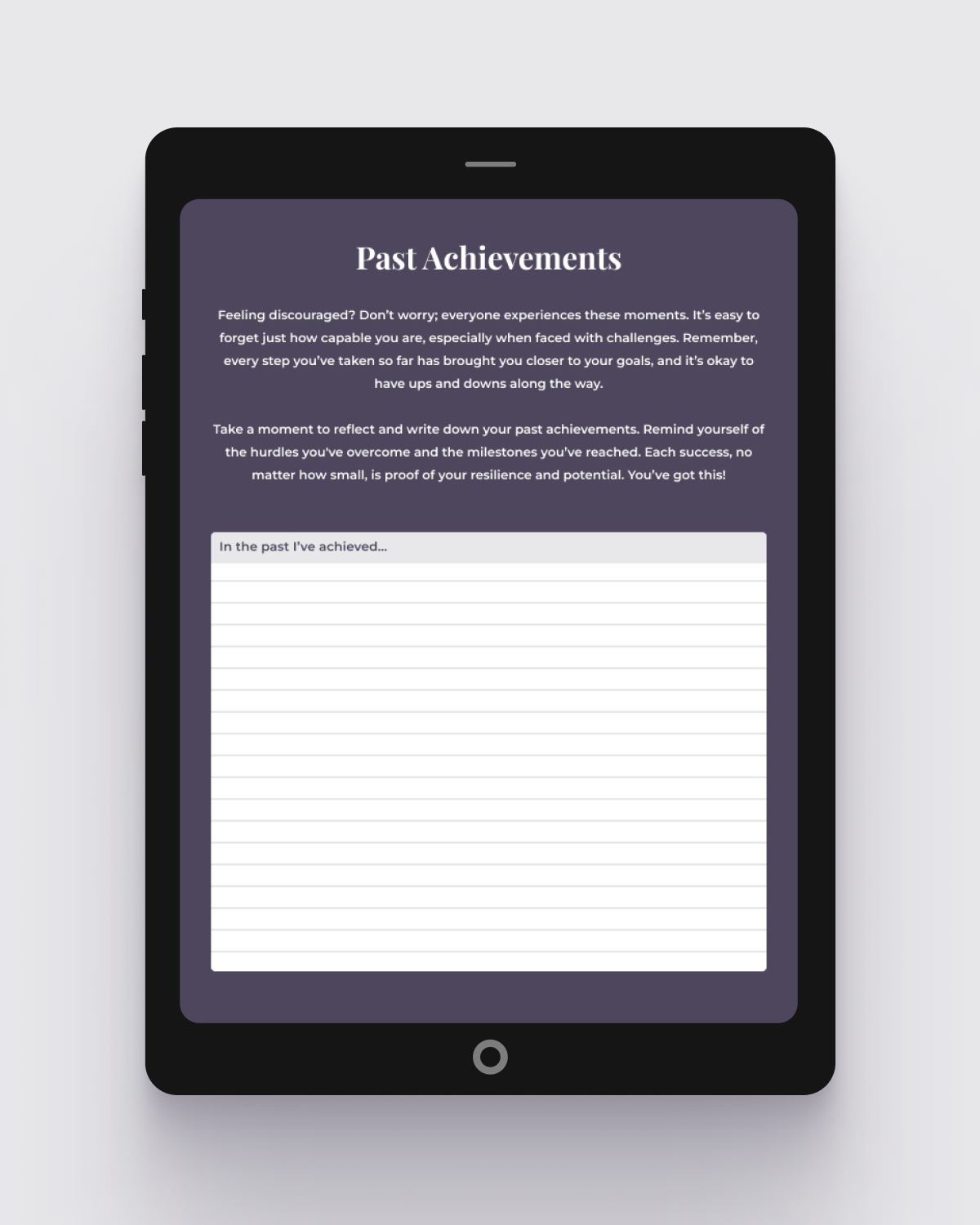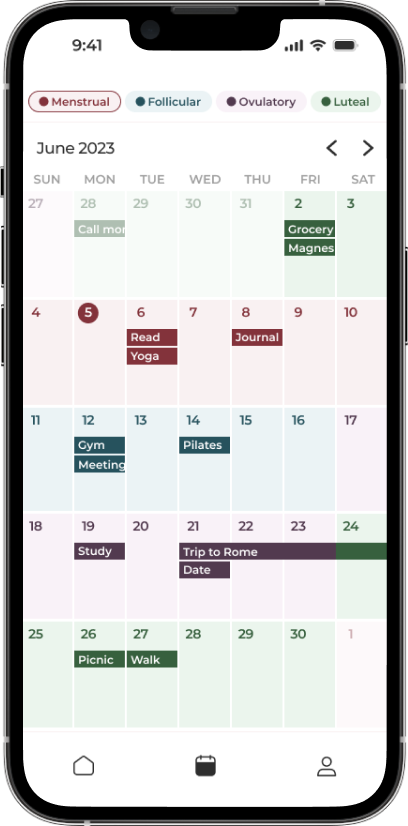How Does Life Coaching Work?

Life coaching is a powerful process that empowers individuals to achieve their goals, improve their lives, and unlock their full potential. While the concept of life coaching may seem straightforward, the actual process is rich and multifaceted, tailored to each client’s unique needs and aspirations. In this comprehensive guide, we will delve into the inner workings of life coaching, breaking down the steps and exploring the benefits of each stage along the way.
Step 1: Setting Clear Goals
The first crucial step in life coaching is setting clear and well-defined goals. This process involves working closely with the client to identify their aspirations, desires, and the specific outcomes they wish to achieve. The benefits of setting clear goals in life coaching are manifold:
- Clarity and Focus: Setting clear goals provides clients with a sense of direction and purpose. It helps them pinpoint what they truly want to achieve.
- Motivation: Goals act as powerful motivators. When clients have a clear target in mind, they are more likely to stay committed and driven.
- Measurable Progress: Clear goals make it easier to track progress and assess the effectiveness of the coaching process.
- Empowerment: Defining goals empowers clients to take control of their lives and actively work toward their desired outcomes.
Self-Improvement for High Achievers Group on Telegram
Get daily insights, support, and discussions to improve your leadership skills, mindset, work/life balance, time and energy management, as well as overcoming perfectionism, self-doubt, limiting beliefs, and more...
Join groupStep 2: Identifying Barriers and Challenges
Once the goals are established, the next step in life coaching is to identify potential barriers and challenges that may impede progress. This introspective process serves several crucial purposes:
- Awareness: Identifying barriers and challenges helps clients become aware of the obstacles that may stand in their way.
- Problem-Solving: By recognizing challenges, clients can work with their life coach to develop strategies for overcoming them.
- Adjustment: This step allows for necessary adjustments to be made to the initial goals and action plans, ensuring they remain achievable and realistic.
- Resilience: Clients learn how to build resilience and adaptability, which are vital life skills that can be applied beyond the coaching process.

Check out the Vision to Action Digital Planner PDF for only 6$
More infoStep 3: Creating Action Plans
With goals set and barriers identified, the next phase involves creating action plans. These detailed roadmaps outline the specific steps and actions required to achieve the client’s objectives. The benefits of creating action plans are significant:
- Structure and Organization: Action plans provide structure and organization, making it easier for clients to navigate their journey toward their goals.
- Accountability: Having a concrete plan in place helps clients stay accountable for their progress. It serves as a blueprint for their actions.
- Efficiency: Action plans streamline the path to success, eliminating guesswork and inefficiency.
- Empowerment: Clients gain a sense of empowerment and agency as they take ownership of their action plans.
Step 4: Implementing Strategies
The next stage of life coaching involves implementing the strategies outlined in the action plan. Clients put their plans into action, taking deliberate steps toward their goals. The benefits of this phase include:
- Tangible Progress: Implementing strategies results in tangible progress and measurable outcomes, reinforcing clients’ confidence and motivation.
- Skill Development: Clients acquire new skills and develop existing ones as they work toward their goals.
- Resilience Building: Overcoming challenges and setbacks during implementation builds resilience and adaptability.
- Self-Efficacy: As clients witness their own progress, their sense of self-efficacy grows, bolstering their confidence in their abilities.
Step 5: Reflecting and Evaluating
Regular reflection and evaluation are integral to the life coaching process. This step involves assessing progress, acknowledging achievements, and refining strategies. The benefits include:
- Learning and Growth: Reflecting on the journey allows clients to gain insights, learn from experiences, and adapt their approaches as needed.
- Positive Reinforcement: Recognizing achievements and progress fosters a sense of accomplishment and self-worth.
- Course Correction: If necessary, clients and coaches can make informed adjustments to the action plan to ensure continued progress.
- Sustainability: Evaluation ensures that the strategies in place are sustainable and aligned with the client’s long-term goals.
Quiz: What Is Blocking Your Success?
This quick quiz will help you figure out which mental or behavioral pattern might be holding you back from achieving your full potential. Identifying your specific success blocker is the first step toward breaking through to new levels of achievement and fulfillment.
Read each question and choose the answer that feels most true to your situation.
No email or payment is required to complete the quiz and receive your personalized insights.
Once you have your primary success blocker, you have clarity about what’s been holding you back. This awareness is powerful—many people spend years struggling without understanding the specific pattern that’s limiting their progress.
Remember, these patterns aren’t permanent character traits but rather habitual ways of thinking and behaving that can be changed with the right guidance and practice.
If you’re ready to break through your specific blocker and achieve the success you know you’re capable of, send me an email to try out a coaching session. Your breakthrough awaits!
Step 6: Maintaining Accountability and Support
Accountability and ongoing support are critical aspects of life coaching. They help clients stay on track and navigate challenges. The benefits include:
- Consistency: Maintaining accountability ensures that clients remain consistent in their efforts and commitments.
- Motivation: The support and encouragement provided by the life coach keep clients motivated throughout their journey.
- Adaptability: Clients can adapt to changing circumstances with the guidance and support of their coach.
- Goal Achievement: With continued accountability and support, clients are more likely to achieve their goals successfully.
Step 7: Celebrating Success
The final step in the life coaching process involves celebrating success. Acknowledging and celebrating achievements is essential for several reasons:
- Positive Reinforcement: Celebrating success reinforces the client’s confidence and self-esteem.
- Reflection: It provides an opportunity for clients to reflect on their growth and progress.
- Motivation: Celebrations serve as powerful motivators, encouraging clients to set new goals and continue their personal development journey.
- Gratitude: Expressing gratitude for one’s accomplishments fosters a positive mindset and a sense of fulfillment.
Conclusion
Life coaching is a dynamic and transformative process that empowers individuals to set and achieve their goals, overcome obstacles, and lead fulfilling lives. Each step in the process serves a specific purpose, and the benefits extend beyond immediate goal achievement. Life coaching equips clients with valuable skills, resilience, self-awareness, and the confidence to pursue their dreams and aspirations long after the coaching relationship concludes. By understanding how life coaching works and the benefits of each stage, individuals can harness the power of coaching to unlock their full potential and create lasting positive change in their lives.
Hire me as your life coach
Let's startRecent posts
-
How To Make a Positive Impact in Your Community
Read blog -
What Is the “Winter Arc” Challenge?
Read blog -
What Is "the Great Lock-In" and Should You Try It?
Read blog -
What Are the 75 Hard and Soft Challenges?
Read blog -
How to Validate Yourself
Read blog -
How to Create Your Morning Routine (+ Routines from Wellness Experts)
Read blog

The App Made To Sync Your Lifestyle to Your Menstrual Cycle.
A solution for women who are looking to keep track of what they sync to their cycles, such as fitness, diet, etc. by adding it to a calendar that also predict their phases.
Learn more





Comment